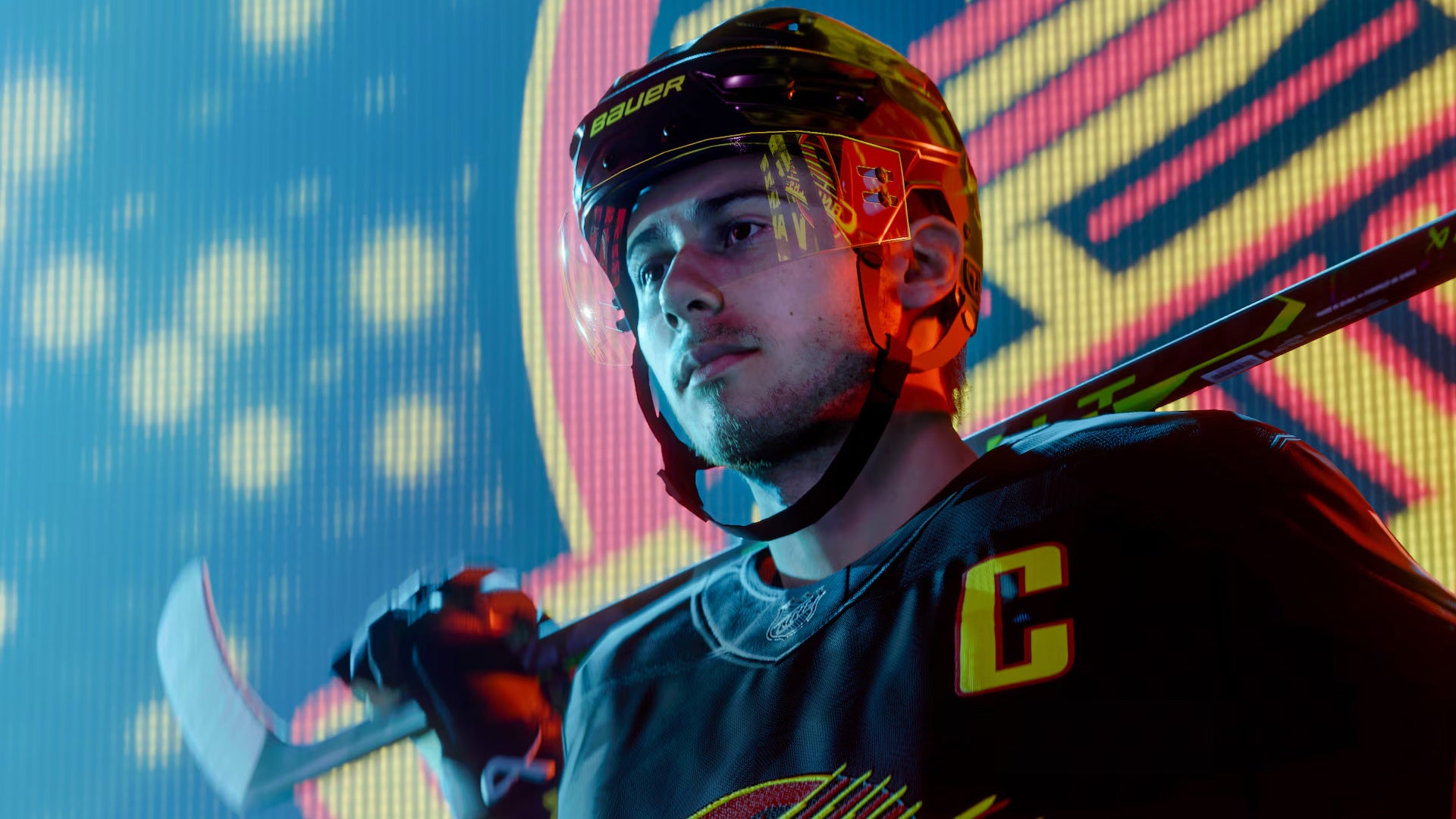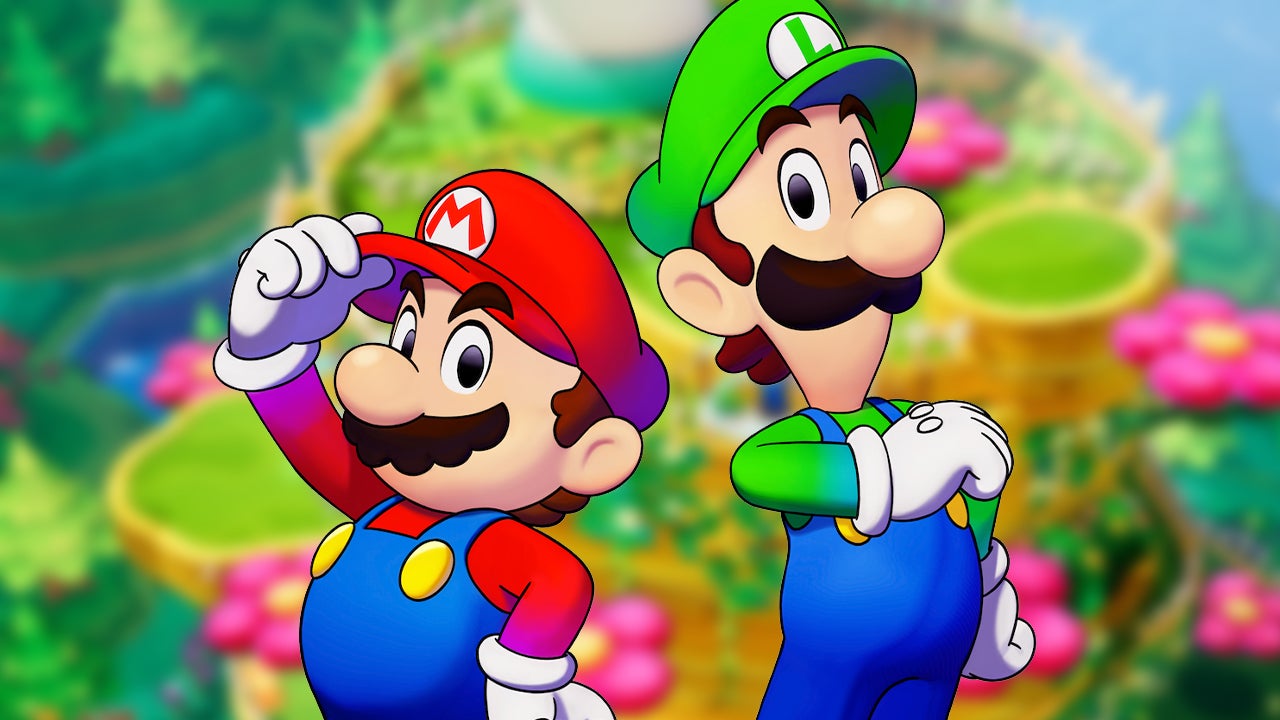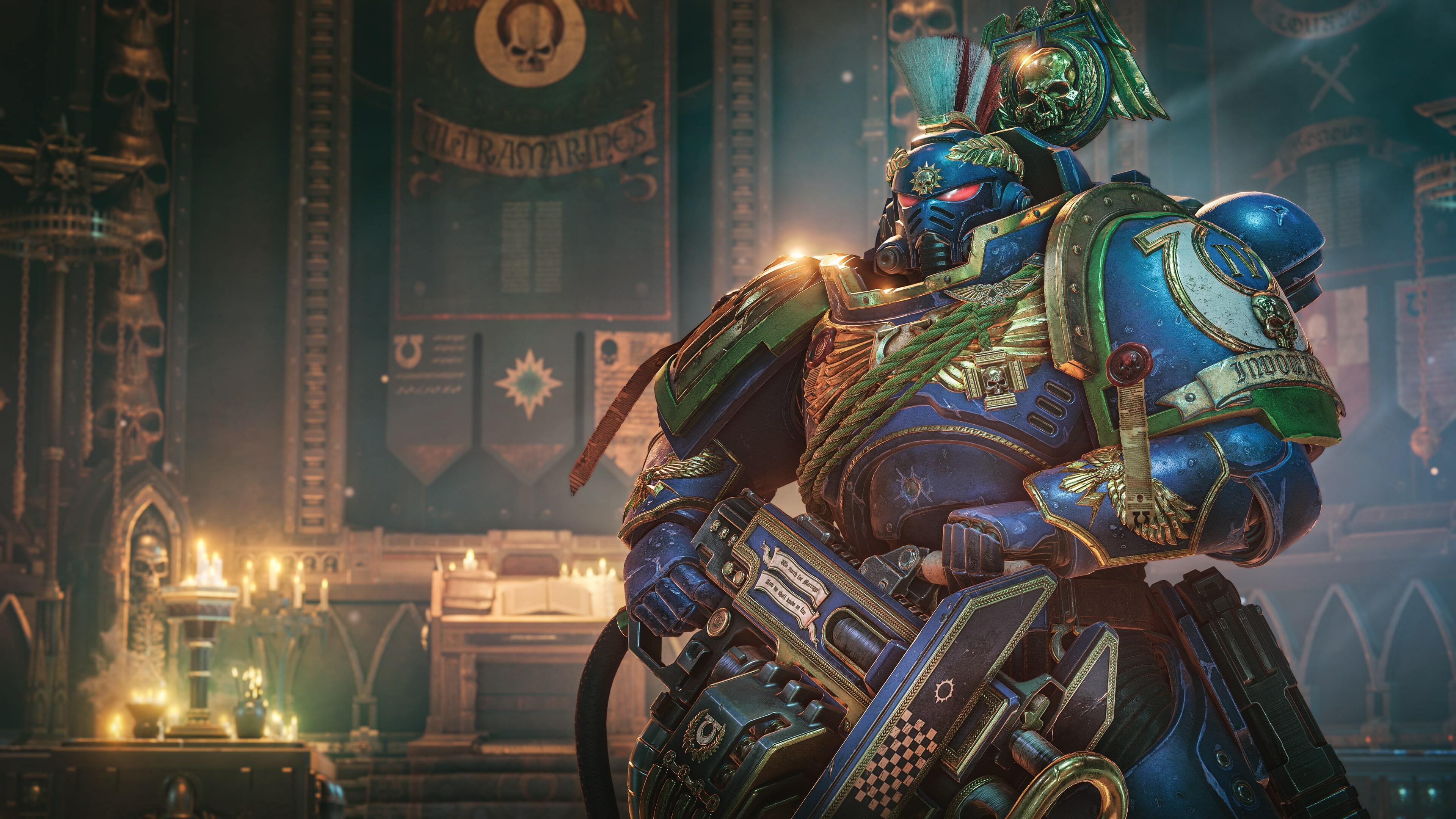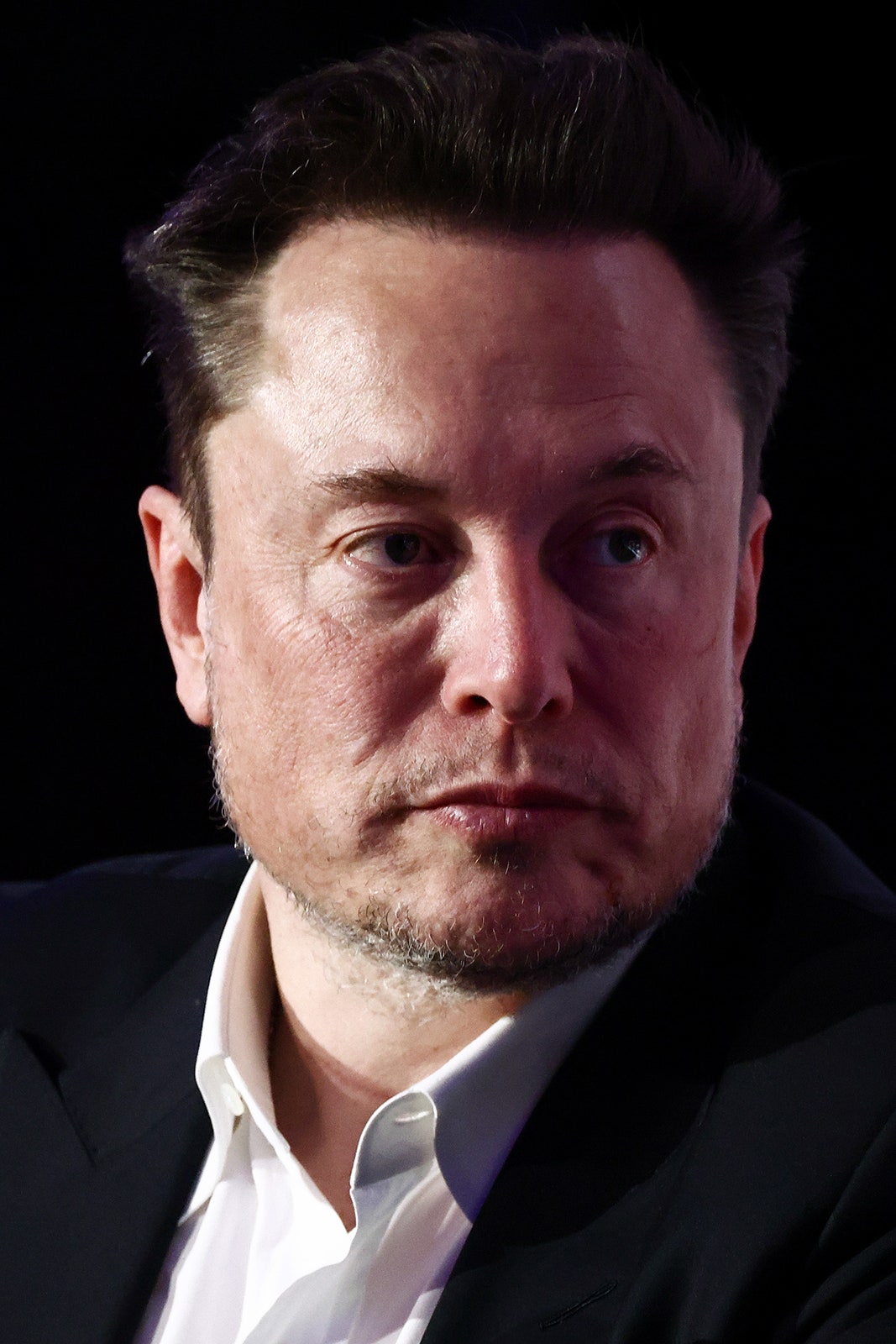Warning: this article contains spoilers for Invincible: Season 2, Episode 4, “It’s Been a While”!
Prime Video’s Invincible may be relatively faithful to the original comic book series, but it’s never been afraid to make some tweaks to the source material. In Season 2, the series continues to streamline the sprawling plot of the comic and overhaul some characters in fairly significant ways. And perhaps nowhere are those changes more apparent than with J.K. Simmons’ Omni-Man, who makes a sudden return to the forefront in Episode 4.
While Omni-Man’s return may not be surprising to fans of the comic, it doesn’t play out exactly as before. In fact, the show handles the return of Nolan Grayson better than the comic. Here’s how a few key changes to the formula are helping the animated series surpass the source material in Season 2.
The Pacing of Invincible
Invincible comic book readers may have been expecting Omni-Man’s return, but perhaps not this early in the game. The first season of the series adapts roughly the first 12 issues of the comic, culminating in the fateful battle between Mark Grayson and his father that was originally chronicled in Invincible #12. The comic would then go a full year before bringing Omni-Man back into the fold in Invincible #25.
Based on the pacing of Season 1, it would have been natural to assume we wouldn’t see Nolan again until the very end of Season 2, perhaps with his surprise appearance on Thraxa serving as a cliffhanger leading into Season 3. But instead, the show already adapted the events of Invincible #25 in Episode 3, allowing Nolan to step back into the spotlight before even reaching the halfway point of Season 2. It’s the latest example of how the show is remixing the events of the original story and tackling certain plot points sooner than the comic did.
This storytelling gamble could have worked out poorly for the animated series. After all, the Season 2 premiere makes a strong case for the need to leave Omni-Man by the wayside and focus on Steven Yuen’s Mark as he learns how to move forward after the ultimate betrayal by his father. Shouldn’t the series be more centered around Mark’s simmering rivalry with Sterling K. Brown's Angstrom Levy right now?
Luckily, this storytelling swerve back to Omni-Man winds up working out well for the series. Because the pain of that betrayal is still so fresh and raw, it hits harder seeing Mark react to the sight of his father. His pain during the reunion becomes that much more palpable.
It also gives a greater sense of momentum to the Omni-Man storyline. Invincible the comic lasted for 144 issues, plus assorted spinoffs. If the show continued operating at the pace it did in Season 1, covering roughly one year’s worth of comics in one season, it would drag on unnecessarily. The show isn’t just remixing the order of the plot, but pruning and streamlining for an overall more focused and purposeful narrative. In terms of pacing, it’s got the comic beat. But that’s not the only reason “It’s Been a While” outshines the source material.
Omni-Man’s Redemption
With the return of Omni-Man, the animated series is venturing down a very long and difficult path. How exactly do you redeem a character with so much blood on his hands? Nolan killed thousands of people during his battle with Mark. He murdered the entire roster of the Guardians of the Globe. He lied to his family and the entire world for decades. After the ultimate heel turn, how is he supposed to turn face again?
Redemption isn’t going to be quick or easy for Nolan. That’s the beauty of the comic - it’s a long, sprawling story that unfolds over the course of many years. There’s room in the comic to further flesh out Omni-Man and reveal him to be more than just a servant of the ruthless Viltrumite Empire.
That said, even at this early stage, the animated series is quickly surpassing the comic when it comes to redeeming Nolan. That’s thanks in no small part to the early scene in Episode 4 that reveals what happened after Nolan fled Earth. We see him flying aimlessly through space, a man tormented by the terrible choice he just made and the life he threw away on Earth. Nolan very nearly commits suicide by black hole, until a chance encounter with a Thraxan ship reignites the superhero within.
That entire sequence is unique to the animated series. It offers a window into Nolan’s tormented psyche that the comic keeps closed. Nolan’s motivation in the comic is shown to be more pragmatic. There, he originally singles out Thraxa as a sort of mea culpa to his Viltrumite handlers, thinking that if he prepares a different civilization for assimilation, he can win back some of his lost favor. In the animated series, Nolan simply finds a new home and a second chance at being a hero. By the time he summons Mark, he knows his borrowed time is coming to an end.
Nolan is generally portrayed in a more sympathetic light in the animated series. He’s clearly burdened by his terrible choices and feels the weight of the universe on his shoulders. But crucially, the series doesn’t attempt to absolve him of his sins simply because he feels sorry for himself. Redemption on this scale requires far more time and effort.
Episode 4 also improves upon the source material in its handling of Mark’s reaction to being reunited with his father. In the comic, Mark’s first inclination is to beg Nolan to return home to Earth and fix what was broken. In the show, Mark is instead consumed by anger. He can’t forgive Nolan for what was done, and he can’t view his new life on Thraxa as anything other than Nolan abandoning one idyllic family life for another. Mark makes every effort to leave the planet until his father finally appeals to his superhero instincts.
The animated series emphasizes Nolan’s desire for redemption even as it also uses Mark to illustrate just how far Nolan has to go to earn that redemption. We see that even in their final scene together. As the Viltrumites haul Nolan’s battered body into the ship, he makes a final appeal to his son to remember the good he did on Earth. In the comic, Nolan fixates on his books (and there’s a very good reason why he wants Mark to read them), but here he implores Mark to understand that there’s still good in him. In trying to calculate the sum total of Omni-Man’s legacy, do those thousands he killed in Chicago outweigh the countless millions he saved over the years? It’s a complicated question, and one we’re thrilled to see the series tackling head-on.
The Sad Saga of Atom Eve
Omni-Man isn’t the only character with whom the animated series veers in a different direction in Episode 4. This is also a crucial new chapter for Gillian Jacobs’ Atom Eve. We’ve seen Eve do her best to prove that she has more to offer the world than simply being one more superhero in a sea of costumed vigilantes. For someone who can transmute elements and rewrite the physical world, feeding the hungry and housing the homeless should be no big deal. Only Eve is discovering that the best of intentions only count for so much.
Episode 4 features an entirely new subplot where Eve attempts to nurse her psychological wounds and take out some pent-up frustration on Fred Tatasciore’s Killcannon. That plan goes predictably haywire when innocent civilians become caught in the crossfire of their battle. Eve failed at using her powers to improve the world, and now she can’t even return to her roots battling supervillains without there being a terrible cost.
The animated series is only better off for this increased focus on Eve. It takes a character who was already important to the plot of the comic and makes her a more active participant in the ongoing narrative. In many ways, Eve parallels Mark in her quest for purpose and identity in Season 2. Like Mark, she’s dealing with an immense amount of grief and struggling to figure out how to do the most good with her powers. Her parents may not secretly be alien conquerors from another world, but she too is struggling to escape their shadow and prove her father wrong.
Without giving too much away, Eve only grows more important to the Invincible saga as it unfolds. The animated series doesn’t appear to be changing in that regard, but it’s putting in the work now to ensure that Eve becomes a fully realized character with her own desires and motivations, rather than simply one more member of the supporting cast. There’s no chance that doesn’t pay off down the road. Both Atom Eve and Omni-Man are examples of great characters who are being made that much better in this adaptation. We can only hope that trend continues when the series returns next year for the second half of Season 2.
For more on Invincible, check out IGN's review of the mid-season finale.
Jesse is a mild-mannered staff writer for IGN. Allow him to lend a machete to your intellectual thicket by following @jschedeen on Twitter.






